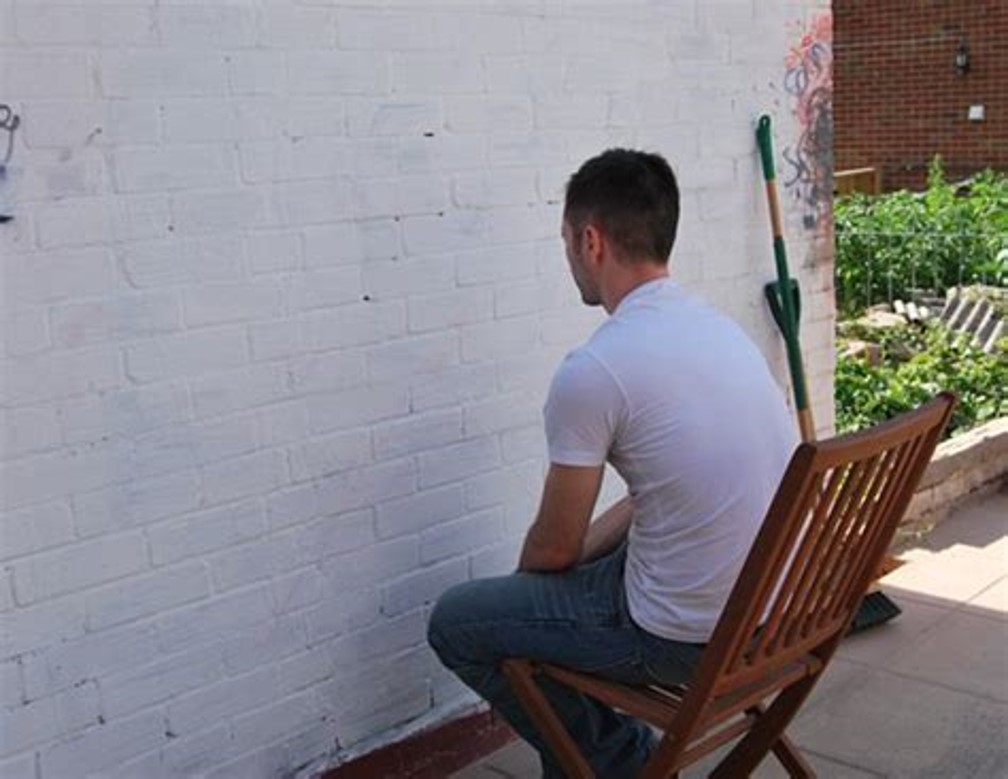Slow Down & Speed Up Interest
You ever watched paint dry? How about a high-speed car chase? It turns out slowing down video can make it better but only if the scene is sufficiently fast or complex.
And the slowing down accentuates the affect in both directions – positive/negative videos get judged more positively/negatively. A child or animal running with joy in slo-mo amplifies the positive.
Slowing down a horrible event like a natural disaster or drunk driving crash or an animal being injured can reinforce the negatives. Jurors believe a shooter acts with more intent if the surveillance video is slowed down.
A caveat, if you’re going to make a bad situation feel worse than make doubly sure you show how supporting your cause will make the situation and donor feel better. The last thing you want is donors thinking the best way to avoid the real negative stuff is tuning out, which happens all the time with “shock and awe” imagery and footage.
Even the mundane can benefit from slowing down but only if you zoom in for a close up. For example, a handshake between a beneficiary and a volunteer zoomed in and slowed down can make it feel more real and appreciated.
Why does this happen? It’s easier for us to process if it’s moving slower since humans can only process a limited about of visual information per unit of time. We pick up on the details better and what’s processed easier is more easily liked.
And this slo-mo effect works best when people are making quick, heuristic judgments versus deep, intensive thinking and review. In case you’re wondering, 99% of giving happens in the former context.
Kevin


